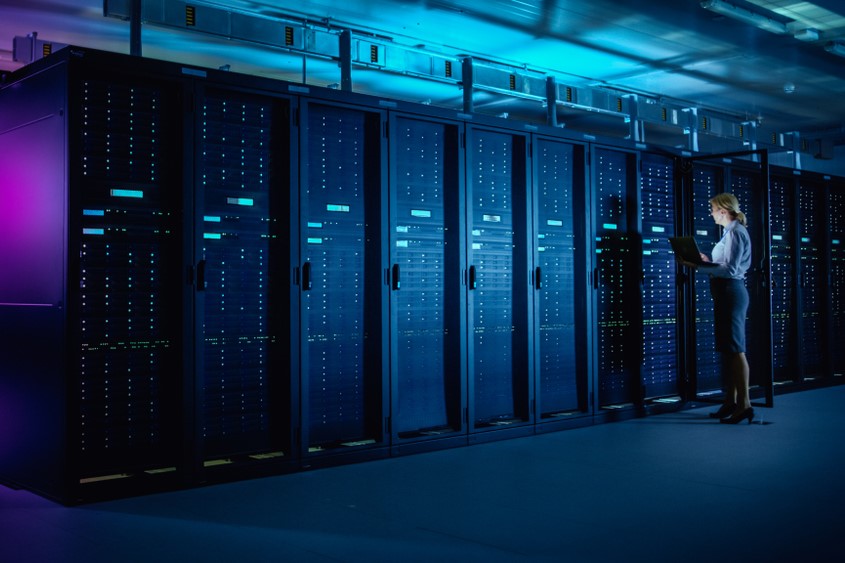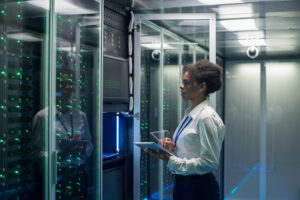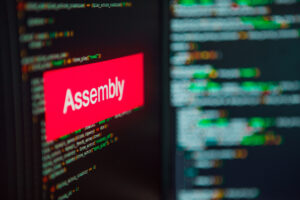Self-Healing IT Operations: What To Know To Get Started

In today’s dynamic IT landscape, the integration of artificial intelligence (AI) into workload automation is becoming increasingly vital for optimizing IT infrastructure and delivering real-time benefits to end-users. Let’s delve into the significance of AI integration in self-healing workload automation and explore how your team can harness its capabilities.
Understanding Self-Healing in IT
Self-healing involves systems’ ability to detect and remediate issues autonomously, reducing the reliance on manual interventions. In the realm of IT, this often incorporates machine learning (ML) algorithms and automation to predict, detect and respond to operational issues. Automation platforms with self-healing capabilities leverage AI to provide auto-remediation, optimizing systems and processes in real-time.
Why Self-Healing Matters
Self-healing in IT operations is crucial for two key reasons:
- Immediate Business Impact: IT issues can now have larger and more immediate impacts on business operations. As businesses become increasingly reliant on digital services, any disruptions or delays can significantly affect end-users.
- Growing IT Responsibilities: With the expanding role of IT in businesses, from developing apps to maintaining critical tools, IT teams are facing a growing list of responsibilities. The strain on resources and overextension of IT staff necessitate proactive measures to prevent issues.
Self-Healing for IT Operations: The AI Integration
Self-healing in IT operations can be either data-based or event-based. AI plays a pivotal role in analyzing troves of data on system and process performance. Similar to AIOps solutions, this analysis identifies trends and patterns, enabling the anticipation and proactive resolution of issues. For instance, in an e-commerce scenario, AI can automatically provision additional compute resources during peak demand periods.
Auto-remediation is a common feature, where job schedulers or workload automation software, with AI integration, set thresholds triggering preventive workflows. This ensures that processes are automatically restarted or adjusted in response to issues, reducing the need for manual interventions.
Benefits of AI-Driven Self-Healing in IT Operations
IT teams spend a significant portion of their time on manual tasks, hindering project delivery and service improvements. The integration of AI in self-healing capabilities addresses this challenge, making IT ecosystems more reliable. This, in turn, improves Service Level Agreements (SLAs), uptime and allows IT personnel to focus on strategic projects. Gartner predicts that, by 2024, automation and analytics will enable IT teams to shift 30% of their time from support and service desks to DevOps.
Challenges in Implementing Self-Healing Operations
Implementing self-healing operations comes with its set of challenges. The first step is gaining end-to-end visibility in fragmented IT environments. Silos of automation, job scheduling and monitoring tools make it difficult to quickly identify the root cause of issues.
Culturally, IT teams may still rely on manual interactions despite the availability of analytics and automation solutions. Shifting from a reactive to a proactive approach is essential for the success of self-healing operations.
How to Get Started
Building a self-healing IT environment requires orchestration and centralization. Instead of managing processes and platforms in silos, IT needs a unified approach to IT infrastructure and process automation. Centralization provides a single repository for logs, reports and analytics, enabling quick identification of root causes and the application of new rules for prevention.
By integrating and orchestrating disparate processes, analytics, machine learning and event automation can be implemented across the IT environment. This drastically reduces the time spent responding to issues, leading to better reliability, fewer disruptions and improved SLAs. In essence, AI-driven self-healing ensures more time for IT to develop solutions that drive business value and facilitate digital transformation.
AI-Driven Self-Healing in Action: Use Cases
Let’s explore some real-world use cases showcasing the transformative power of AI-driven self-healing in IT operations:
1. Predictive Resource Scaling
AI analyzes historical data to predict peak demand periods, automatically provisioning additional resources to ensure optimal performance during surges without manual intervention.
2. Automated Workflow Adjustments
In scenarios where a process encounters an issue, AI-driven self-healing workflows automatically restart or adjust processes, notifying relevant personnel for seamless issue resolution.
3. Proactive Issue Resolution
Leveraging machine learning on historical data, self-healing environments proactively identify potential issues before they impact operations, allowing for timely remediation.
4. Continuous System Optimization
AI-driven self-healing continuously assesses system health and performance, automating changes and upgrades to optimize operations and enhance end-user experiences.
Embrace the Future of IT Operations
Incorporating AI into your workload automation is not just about technological advancements; it’s a strategic move to enhance operational efficiency and deliver seamless experiences to end-users. The transformative power of AI-driven self-healing is reshaping IT operations, ensuring reliability, efficiency and a focus on strategic initiatives. Embrace the future by integrating AI into your self-healing initiatives and witness the evolution of IT operations.
Stay Ahead Of Business Needs With Extensible Automation
See how API adapters enable developers of any skill level to build API connections for end-to-end processes and IT services.








